Home » Transitioning from Standard to Custom Packaging: A Business Guide
Transitioning from Standard to Custom Packaging: A Business Guide
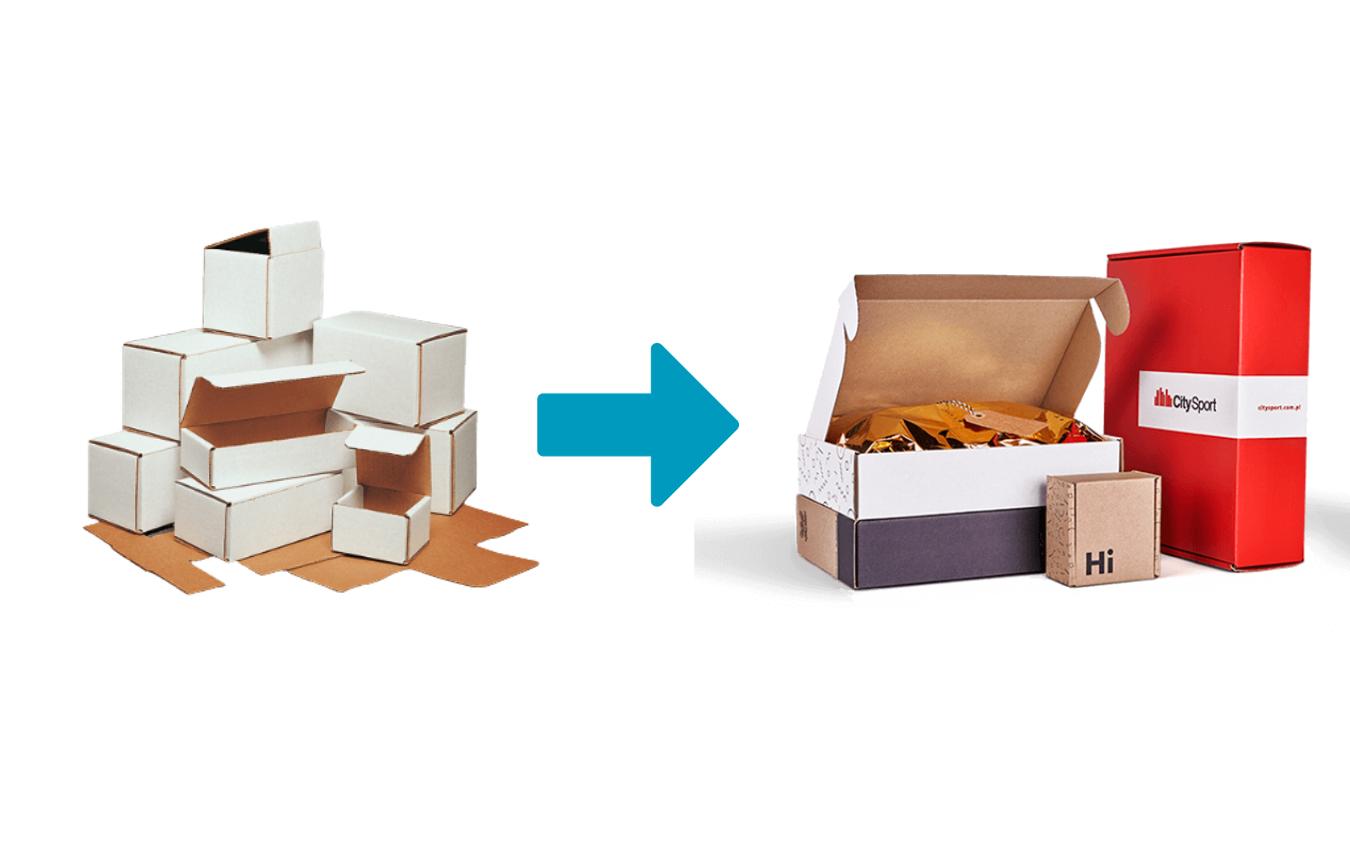
Transitioning from off-the-shelf packaging to custom solutions is a significant milestone for many businesses. This shift not only aligns packaging more closely with brand identity but also enhances customer engagement and can streamline supply chain operations. This blog post will guide businesses through the strategic approach to moving from generic, off-the-shelf packaging to bespoke, custom-designed packaging solutions.
Understanding the Shift to Custom Packaging
Custom packaging offers a unique opportunity for branding, providing a tangible connection between the product and the customer. It’s a move from one-size-fits-all solutions to packaging that speaks directly to your brand’s ethos and your customer’s expectations.
Assessing Current Packaging Solutions
Begin by evaluating your current packaging:
- Identify Shortcomings: Consider where off-the-shelf options may fall short in terms of size, material, durability, or branding potential.
- Customer Feedback: Utilize customer feedback to understand how your current packaging is perceived and what improvements are desired.
Defining Your Custom Packaging Objectives
Clearly outline what you aim to achieve with custom packaging:
- Brand Alignment: Ensure your packaging reflects your brand’s image, values, and market position.
- Enhancing Customer Experience: Consider how your packaging can improve the unboxing experience or offer added convenience.
Budget Considerations for Custom Packaging
Transitioning to custom packaging typically involves a higher upfront investment:
- Comprehensive Cost Analysis: Factor in design, production, storage, and potential waste costs.
- Investment vs. ROI: Balance the initial costs against the potential return on investment, including brand enhancement and customer satisfaction.
Designing Your Custom Packaging
The design phase is crucial in custom packaging:
- Hire a Professional Designer: Consider engaging a packaging designer or agency with expertise in your industry.
- Material Choices: Select materials that align with your brand values, product needs, and sustainability goals.

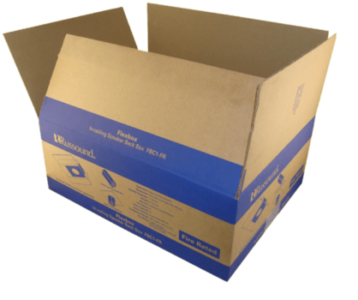
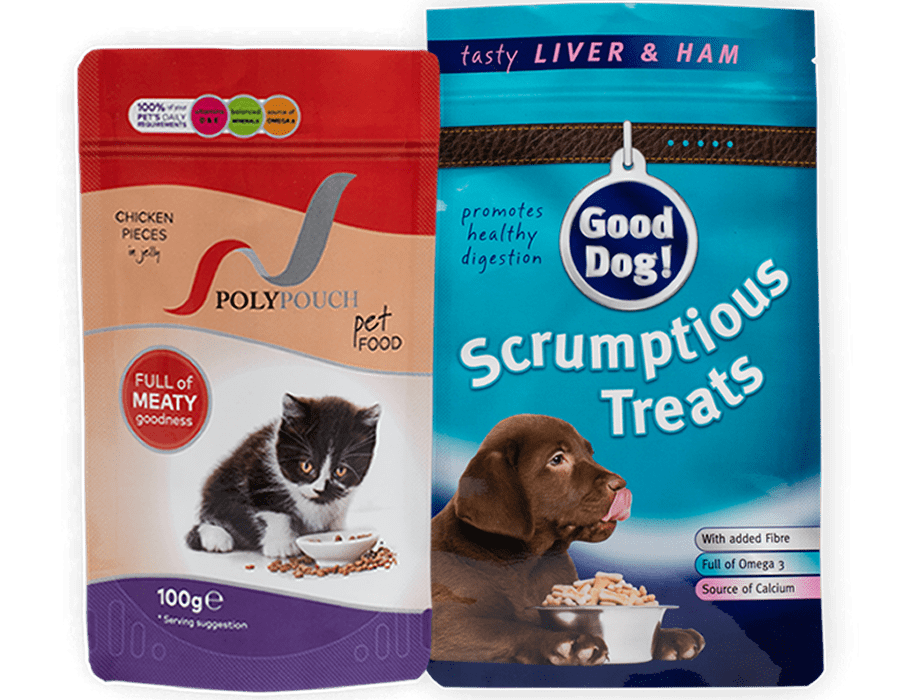
Prototyping and Testing
Before mass production, develop and test prototypes:
- Create Prototypes: Build samples of your custom packaging for a hands-on evaluation.
- Conduct Testing: Test these prototypes for functionality, durability, and customer appeal, refining the design as needed.
Choosing a Manufacturing Partner
Partnering with the right manufacturer is key:
- Research and Selection: Look for manufacturers with a track record in custom packaging solutions.
- Evaluate Capabilities: Ensure they can meet your quality requirements, production timelines, and offer flexibility for order volumes.
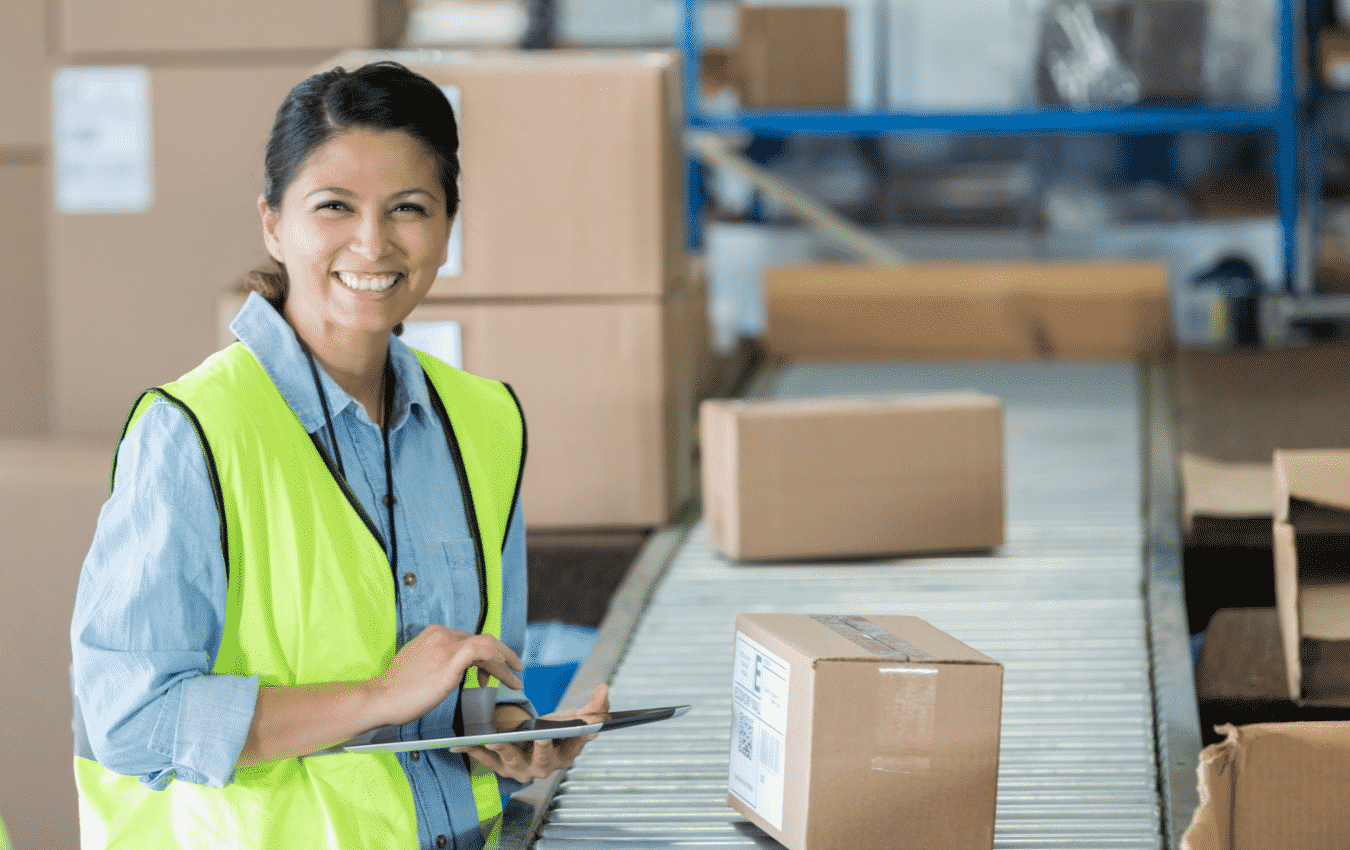
Implementing a Gradual Rollout
A phased approach can help in a smooth transition:
- Inventory Management: Strategically manage existing packaging stocks to phase them out.
- Marketing and Communication: Use the rollout as an opportunity to reinforce your brand message and inform customers about the new packaging.
Gathering Feedback and Making Adjustments
Continuous improvement is essential:
- Customer Insights: Regularly solicit customer feedback on the new packaging.
- Adapt Based on Feedback: Be prepared to make adjustments in response to customer insights and market changes.
If you are interested in transitioning your packaging from stock to custom, then partner with Brown Packaging today to get started.
Corrugated board comes in multiple flute sizes and wall grades, each designed to balance strength, weight, and cost. Selecting the wrong grade can lead to
As tariff changes reshape global trade, packaging buyers moving production from China to the U.S. or nearshore regions face a new challenge: supplier qualification. Transitioning
With new tariff proposals and continued trade uncertainty, 2026 is shaping up to be another pivotal year for packaging sourcing strategy. Many companies that shifted
Following multiple rounds of tariff changes and trade policy adjustments, 2026 marks a turning point for U.S. packaging buyers. Many who previously transitioned from China
Shifting packaging production from China to the U.S. can help stabilize costs, reduce tariff exposure, and shorten lead times. But the transition process requires careful
RSC boxes are known for their efficiency and versatility, but their performance ultimately comes down to strength. Buyers often see numbers like ECT, BCT, and
Home » Transitioning from Standard to Custom Packaging: A Business Guide
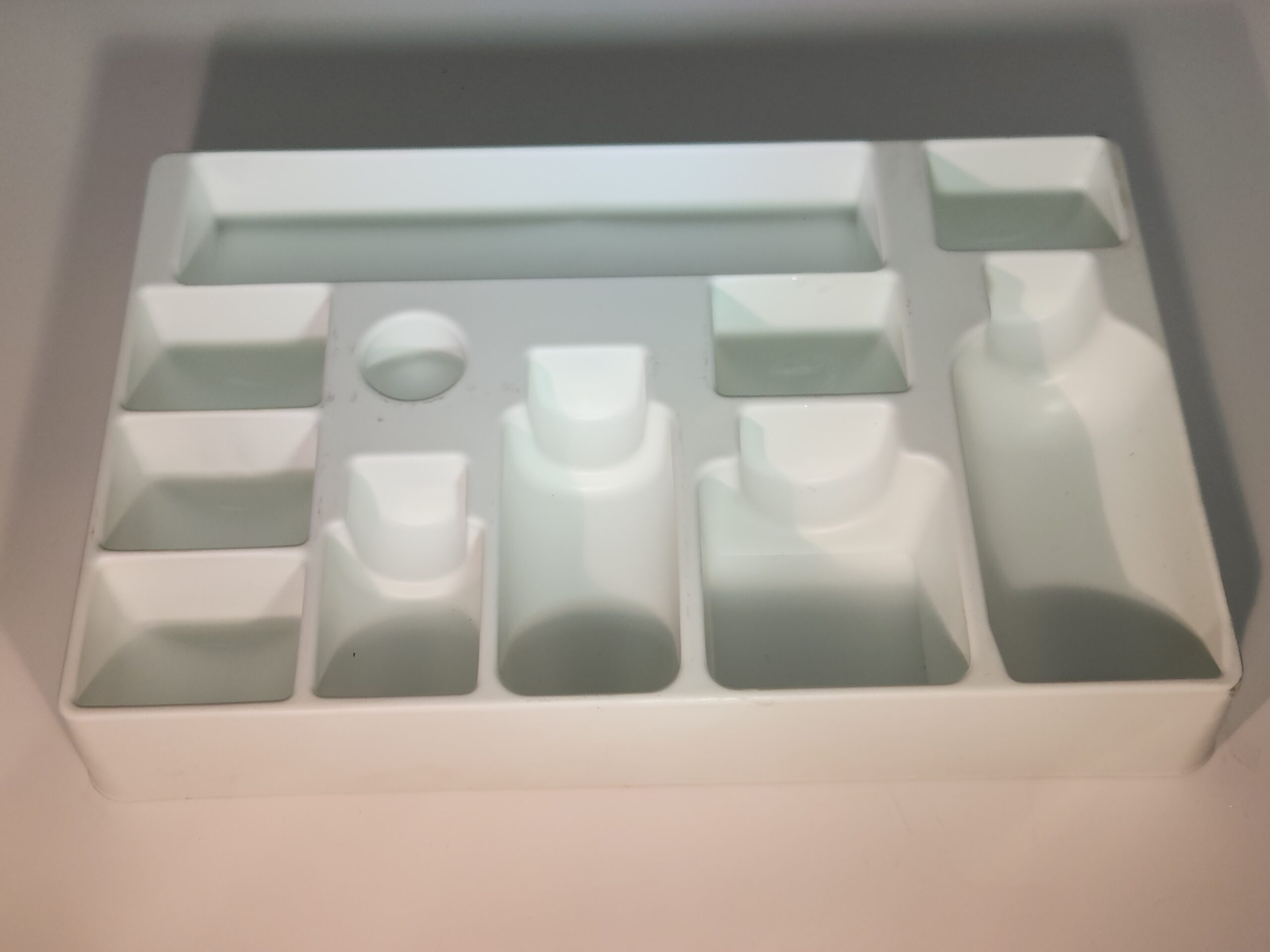
Polypropylene, often referred to as PP plastic, is the second most widely used plastic globally, praised for its remarkable durability, strength, and resistance to various
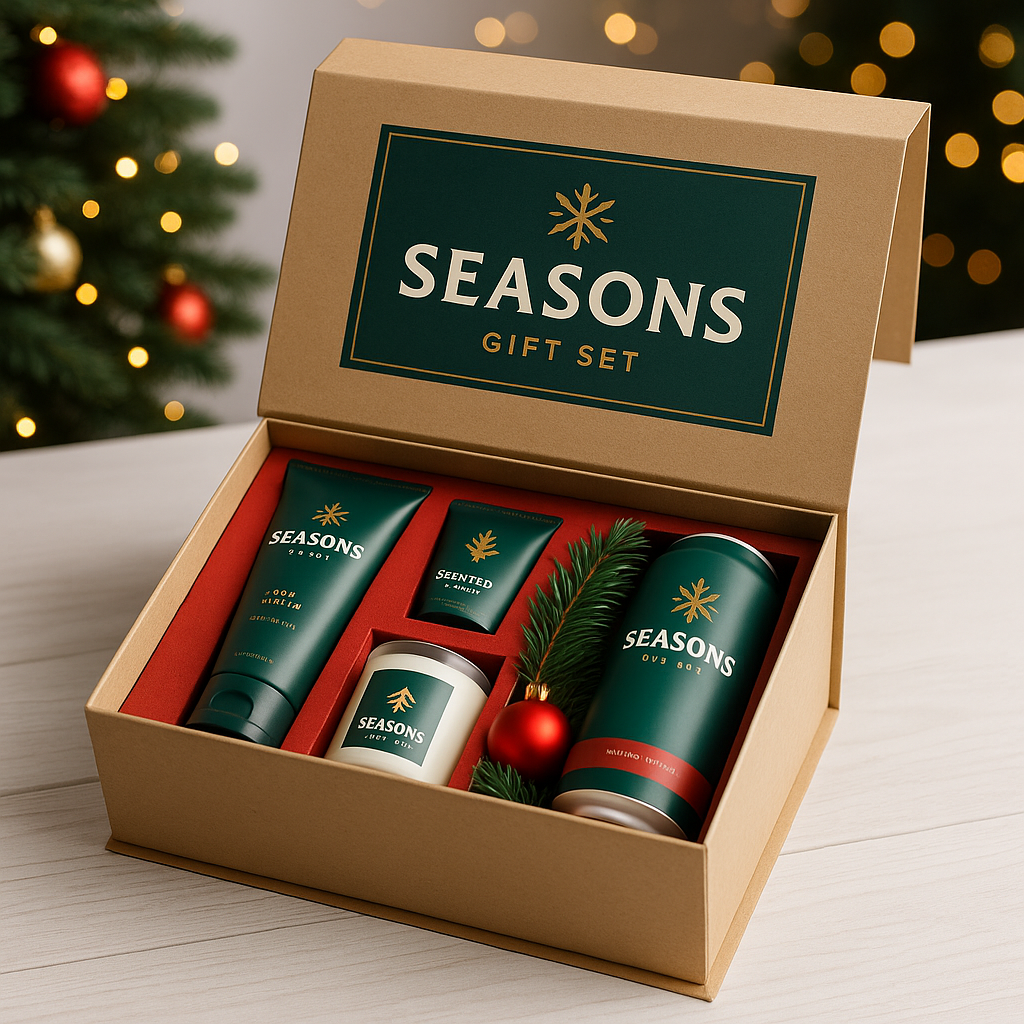
The Challenge of Multi-SKU Holiday Programs During the holiday season, brands often shift from selling single products to curated sets, bundled assortments, and promotional kits—each
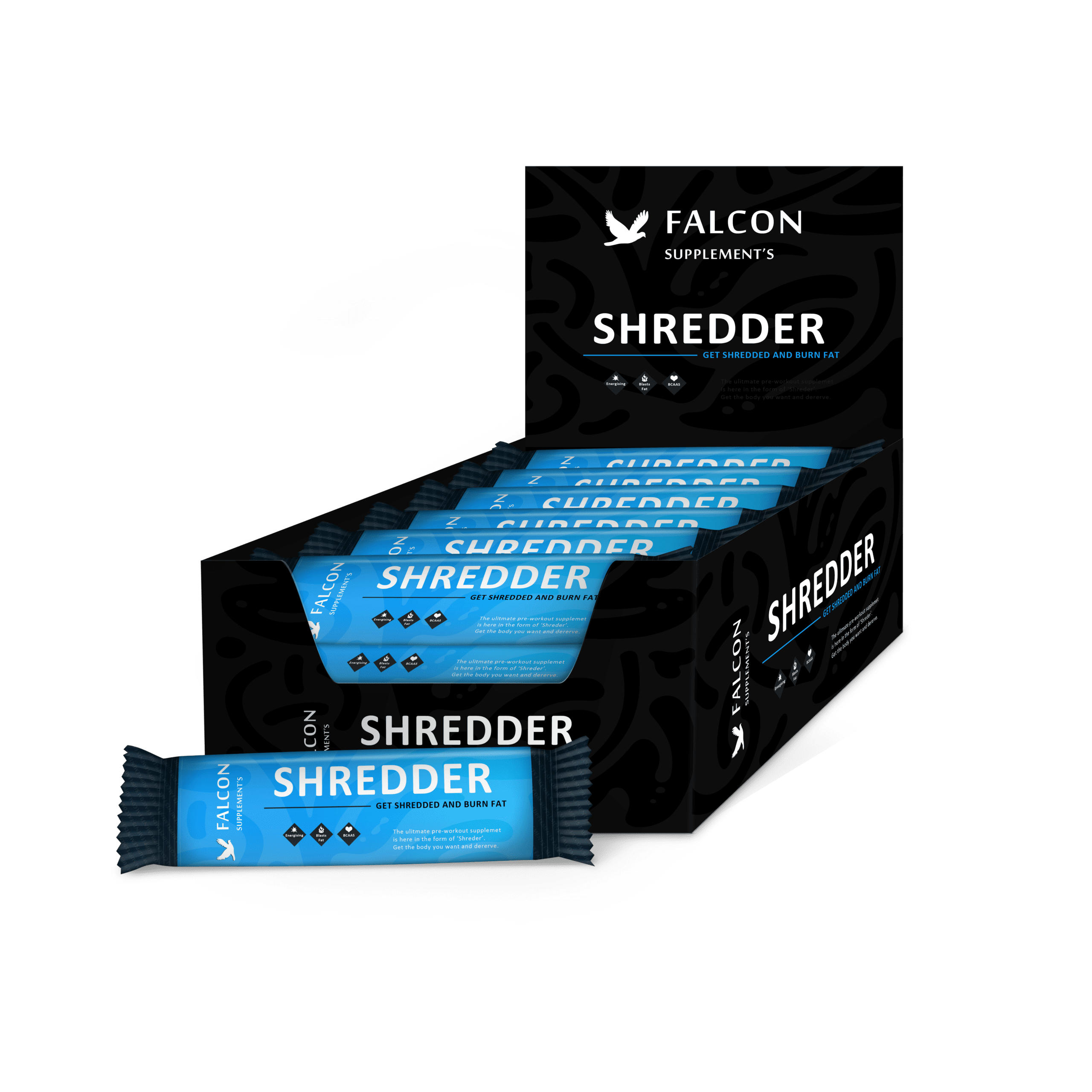
In an increasingly competitive marketplace, the role of packaging extends beyond the first point of sale – it’s a vital tool in fostering customer loyalty


